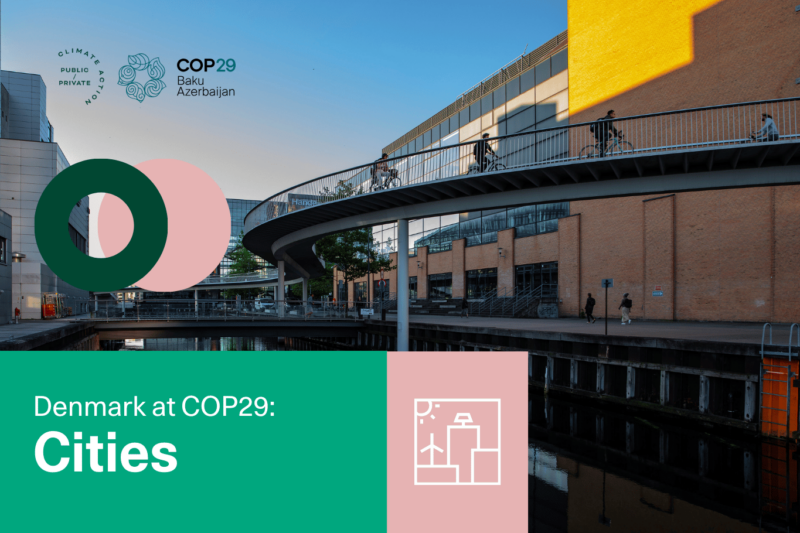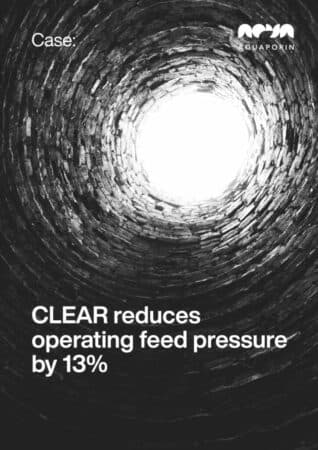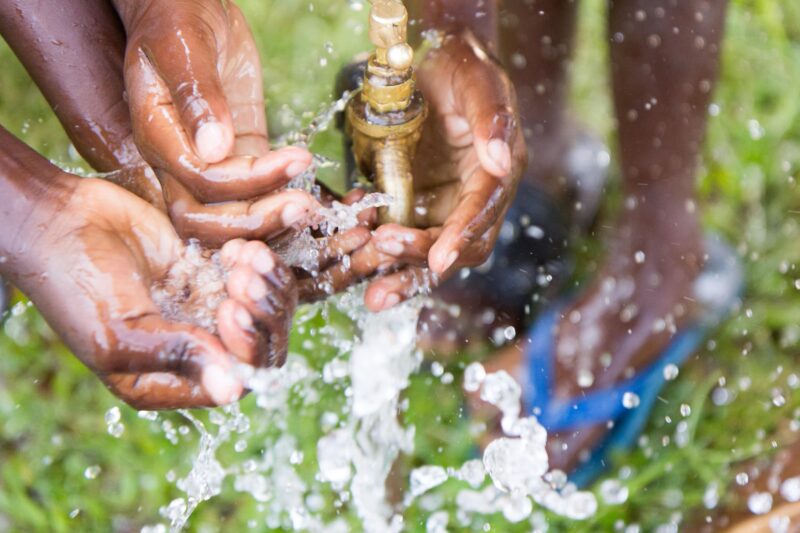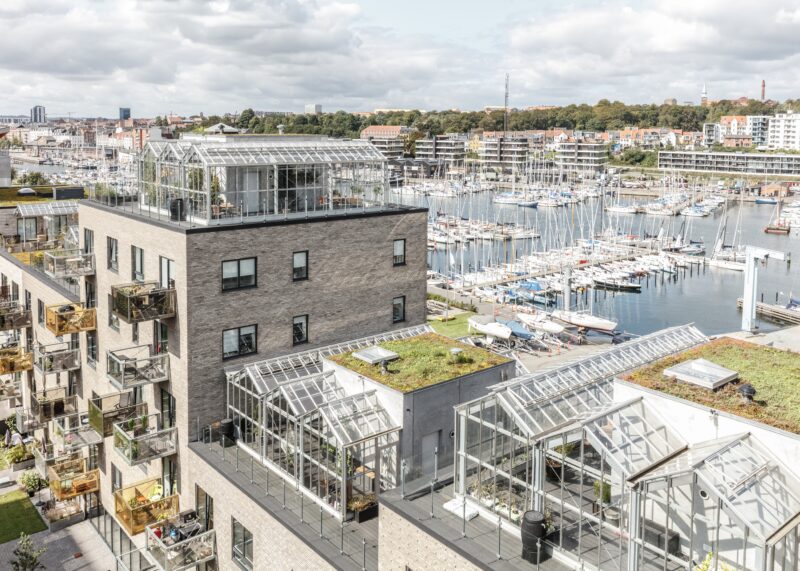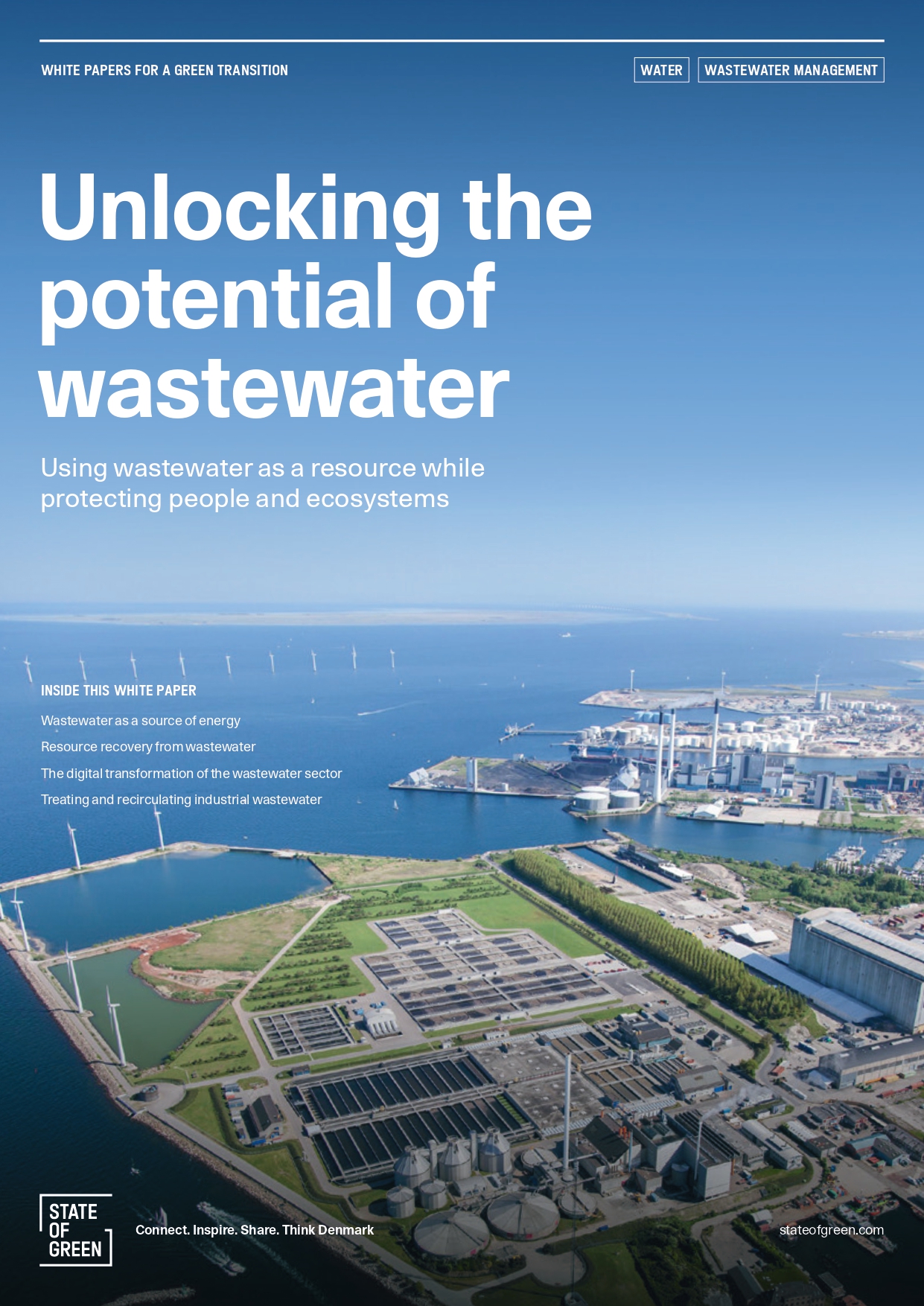EUROWATER’s head of department of drinking water, Arne Koch (left), and chemical engineer and product specialist within ion exchange technology, Søren Duch-Hennings (right), are the two key people in the development of the innovative plant. Here, Søren shows the type of ion exchangers that are used in the facility.
News
Drinking water treatment
Water supply
Danish Island is now guaranteed PFAS-free drinking water with an ion exchange system from EUROWATER


Fanoe is a Danish Island in the North Sea off the coast of southwestern Denmark. Fanoe Waterworks now has the country’s first water treatment plant that can remove the problematic PFAS substances from the drinking water using ion exchange technology. The Danish EUROWATER is behind the innovative solution.
The facility, which consists of a custom-built filter, can purify as much as 150 m3 (150,000 liters) of drinking water per hour. In the plant, the water is led through small ion exchangers (also called resins) that absorb the PFAS substances.
This cleaning method not only lowers the content of PFAS to below the limit value – it is so effective that PFAS can no longer be detected by the measuring equipment. In concrete terms, this means that the content of each PFAS-4 compound is safely below microscopic 0.1 nanograms per liters, if there is any left at all.
“Our pilot test on Fanoe clearly shows that there are no other cleaning methods for PFAS that come up on the side of ion exchange. Both when we talk about degree of purification and lifespan,” says Arne Koch, head of department for drinking water at EUROWATER.
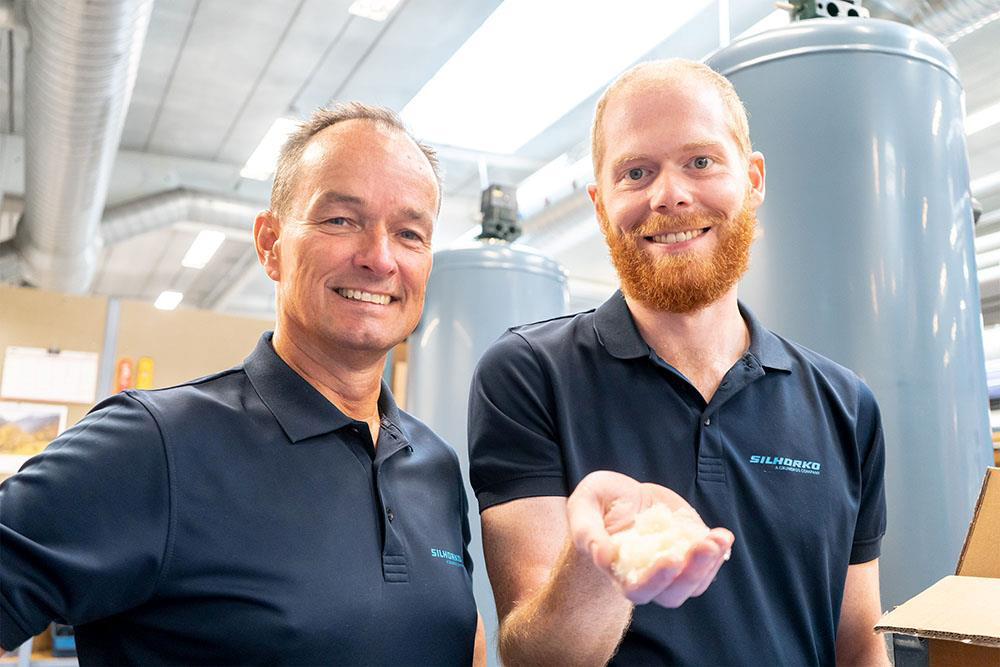
Where activated carbon, which has been used for PFAS up until now, has a short lifespan of just a few months, the resins are estimated to have a lifespan of 8-10 years, according to calculations.
Convincing measurements
As the plant on Fanoe is the first of its kind, repeated analyzes have been required to ensure the quality of the water before the plant could finally be put into operation. But the analyzes were unequivocal: No measurable PFAS. Against this background, the supervisory authority gave the green light to put the plant into operation, and on March 20th the residents of Fanoe Island could pour themselves the first glass of PFAS-free drinking water.
Jan Pedersen, operations manager at Fanoe Waterworks, takes a water sample from the ion exchange plant.
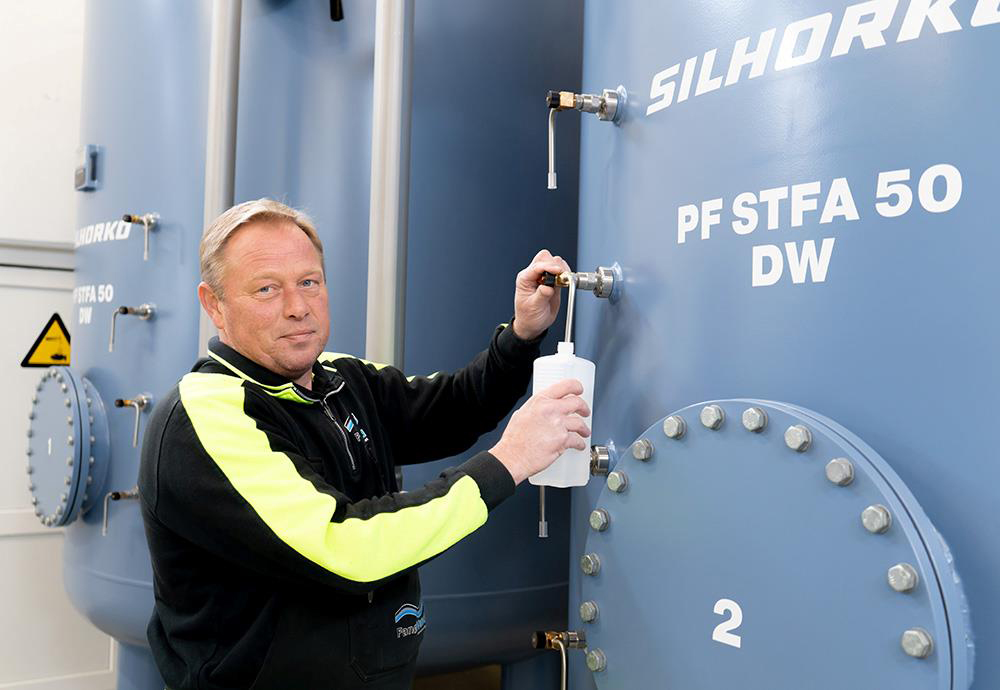
“The composition of PFAS substances can be different from waterworks to waterworks, but with our knowledge from Fanø, we are now able to calculate the degree of purification and plant capacity, already from the time we stand with the water analysis in hand,” says Søren Duch-Hennings, chemical engineer and product specialist within ion exchange technology at EUROWATER.
The water treatment company has already started the next pilot project, where the resins are tested against a different composition of PFAS substances.
Graphic shows the path of the PFAS-contaminated water from borehole to tap on Fanoe, after the new ion exchange system from EUROWATER has been installed.
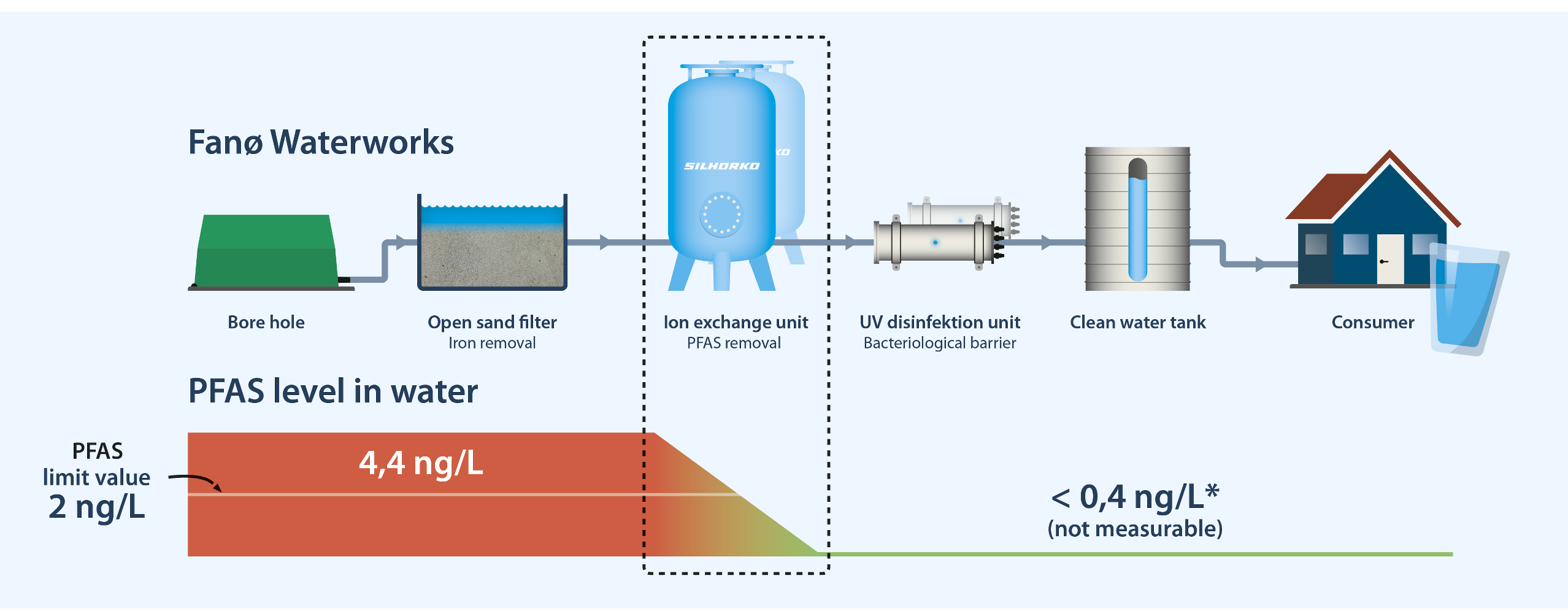
The course of the case
- Spring 2021: The authorities announce that the limit value for the content of PFAS in drinking water will be lowered from 100 to 2 nanograms per litres. On Fanø, the PFAS content is 4.4 nanograms per liters – i.e. twice as high as the new limit value.
- Summer 2021: Fanø Vandværk and EUROWATER initiate a pilot trial with first activated carbon (which proves insufficient) and subsequent ion exchange. Water analyzes over almost a year show a PFAS content below the detection limit.
- Summer 2022: EUROWATER begins the construction of a full-scale ion exchange plant based on the pilot project.
- End of January 2023: The new plant is installed at Fanø Waterworks. Water analyzes show a PFAS content below the detection limit.
- 20 March 2023: Based on the analysis results, the supervisory authority gives permission for final commissioning of the plant and supply to the citizens of Fanø.
